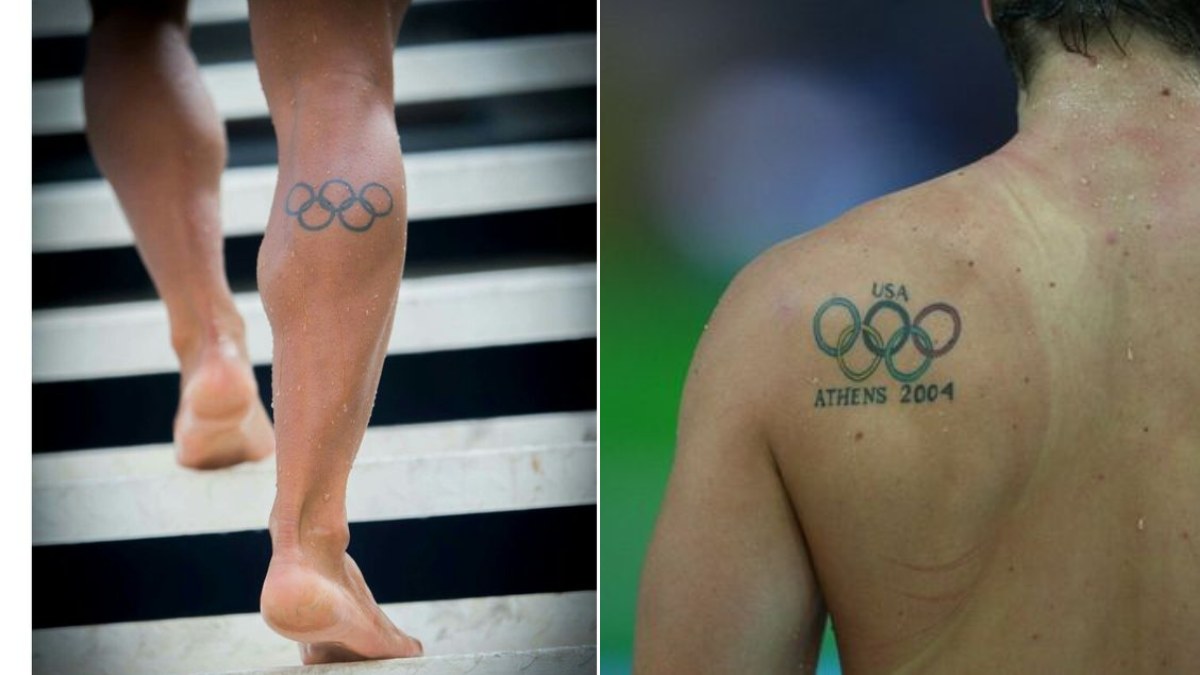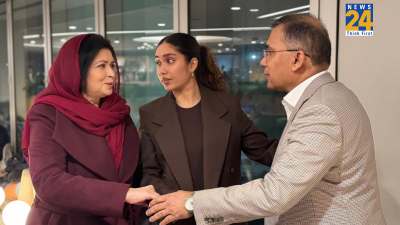In the last twenty years, the Olympic ring tattoo has become a major trend among Summer Olympic athletes. They get these tattoos on various parts of their bodies like their arms, necks, torsos, ankles, and feet. Some athletes choose big, colorful tattoos, while others opt for smaller, less noticeable ones. Despite these differences, the tattoo represents a common idea.
Origin of tradition
“I think it’s become a rite of passage,” said Chris Jacobs, a swimmer who won three medals at the 1988 Seoul Olympics. “It’s like a little card for a somewhat exclusive club.”
Jacobs, 59, can rightfully claim to have started the whole tattoo trend more than 30 years ago. Having observed that a few Canadian swimmers, among them the late Victor Davis, sported small tattoos of the Canadian flag on their chests, he was inspired to think of another iconic symbol: the Olympic rings.
Before long, big swimming stars like Michael Phelps and Ryan Lochte were wearing Olympic rings in the pool. This style caught on quickly in other sports as well.
A small tattoo of the Olympic rings, done shortly after the Seoul Olympics in a visit to Hawaii, was so low on his hip that it would not show during any swim competition. So, about two years later, he got another about an inch higher up his hip. He finally decided to really go for broke and had a large, colorful version of the rings put on the inside of his right bicep.
Also Read: Who’s Better? Shastri Settles Rohit Sharma Vs Dhoni Debate With A Clear Comparison
“They mean a lot to a lot of people,” Jacobs said. “I wanted to remember that period of my life.”
Soon, swimming stars such as Michael Phelps and Ryan Lochte were making the Olympic rings in the pool, and the trend soon bleeded over to other sports.
Personal Significance and Beliefs
For every athlete, Olympic rings tattoos are very meaningful. They mark their participation and represent all the hard work and dedication needed to qualify for the Games. But these tattoos are more than just an Olympic badge. They are tied to superstitions and personal beliefs, making them symbols of good luck and pride.
Many athletes wear these tattoos as a gesture to remember this event. Of course, everyone can personalize it, like by adding the year they were competing or even the city that hosted this event. The rings are very symbolic for many and serve as a constant reminder of their devotion and dedication to their sport.













